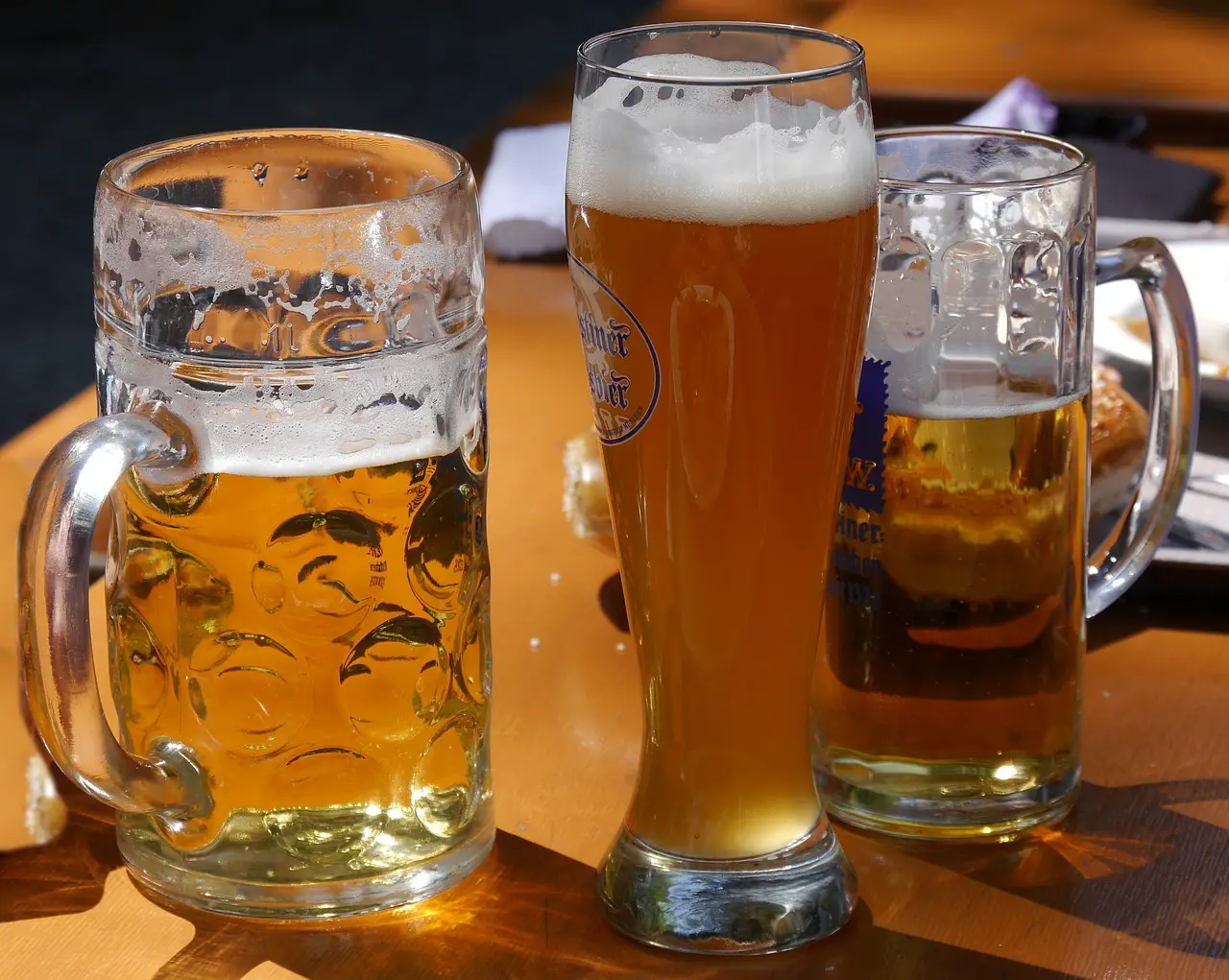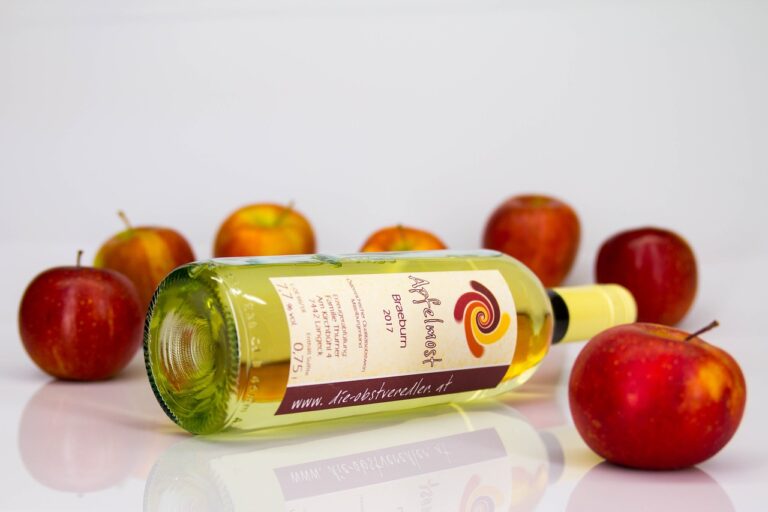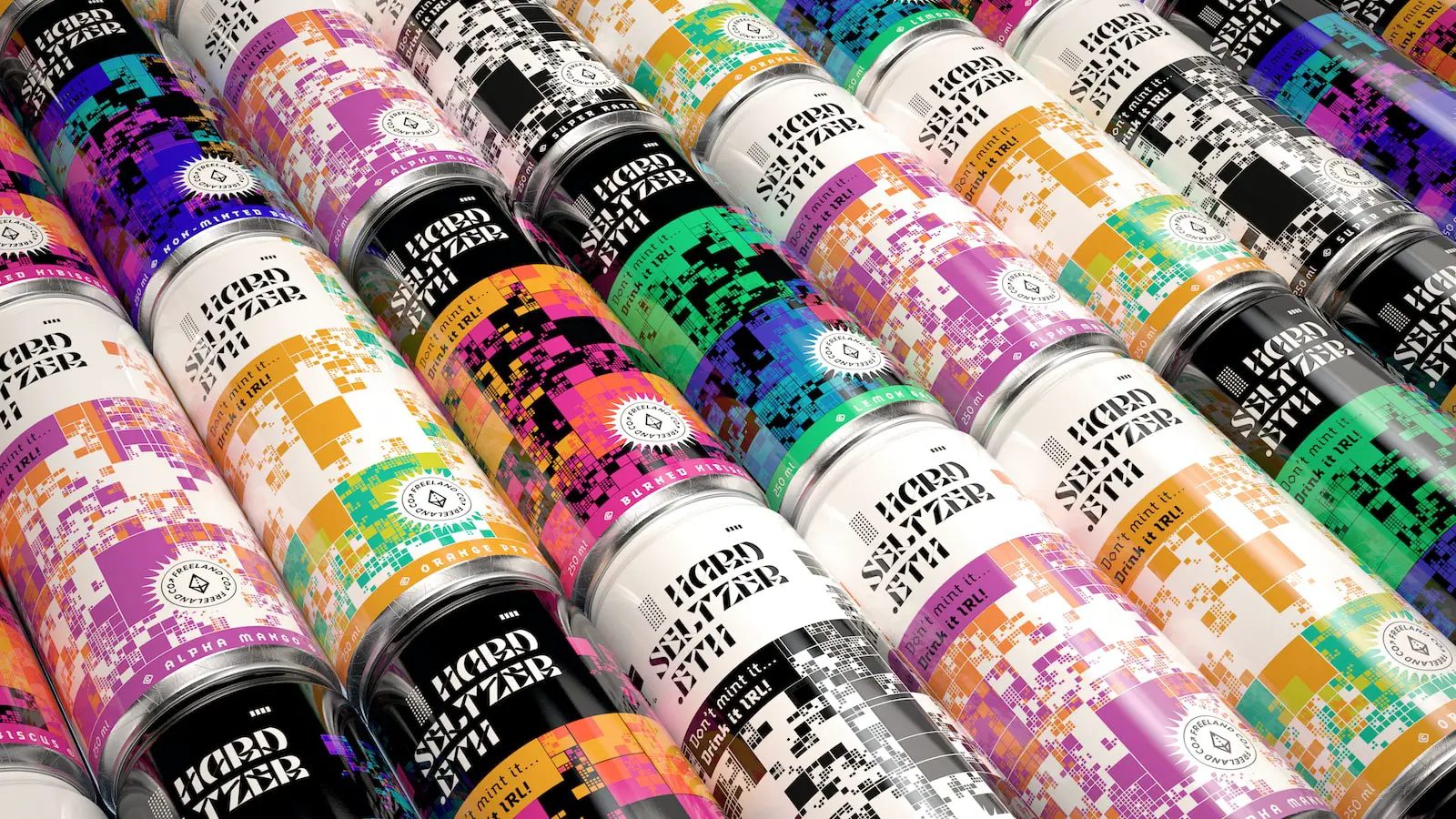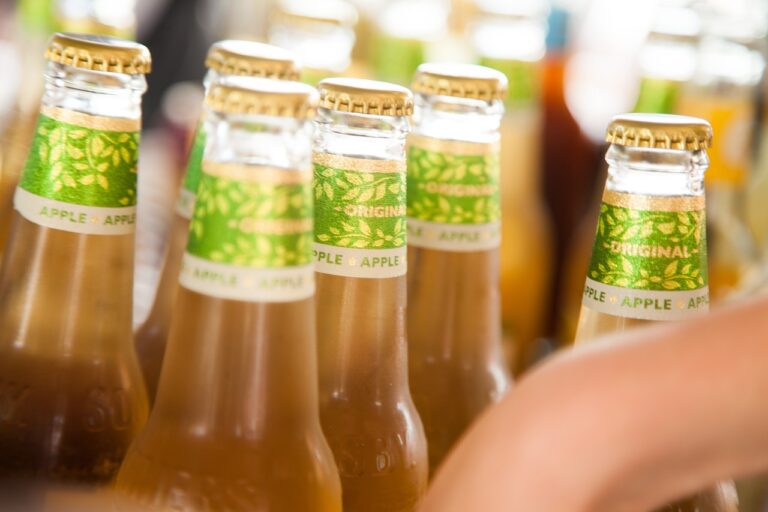Many people have inquired about the differences between witbier, hefeweizen, and “American” wheat beer. Despite their apparent similarity, these styles really differ quite a deal from one another.
They are all brewed with a significant amount of wheat, but that is about where the similarities between them end. A “wheat beer” is, more roughly speaking, any beer that contains a sizable amount of wheat in the brewing process.
Hefeweizen is German and witbier Belgian. Witbier is brewed with spices like coriander, while Hefeweizen is not. Hefeweizen has banana and clove esters, while Witbier has fruity esters.
Malted barley is the main ingredient used to make your typical craft beer. Simple: brewing using barley malt is less complicated. Because the proteins and starches in the grain like to bond, making it more difficult to extract the sugars, wheat beers are particularly difficult to brew.
Beer Styles Separated By Location
Despite being neighbors, the cultures of Germany and Belgium could not be more unlike. When it comes to the ability to produce beer with certain ingredients, Germany really implemented tight rules.
Belgium, in contrast, has fewer stringent regulations for making beer. Belgium became far more creative when it comes to developing new styles as a result. This is perhaps the reason why spices are frequently found in Belgian witbier.
Weissbier and Hefeweizen
Weissbier and Hefeweizen both have German roots; the word “weizen” denotes wheat-based brewing. Although technically both beers might be made with wheat, Hefeweizen is made with more than 50% wheat.
Hefeweizen’s Hefe portion refers to yeast. Because Hefeweizens are unfiltered, the bottom of the glass will frequently include yeast and sediment.
Witbier is unfiltered, which makes it more similar to a Hefeweizen than a Weissbier in terms of style. The misconception stems from the fact that witbier and weissbier both translate to “white beer” in English from several languages.
What Sets Wheat Beer Apart from Barley Beer
The use of wheat in place of a complete grain bill of malted barley is what makes Hefewiezen and witbier distinctive. But the situation is a little more complicated than that because barley is a common grain addition in wheat brews. Why is that so?
The proteins and starches are to blame here. Actually, using solely wheat to brew is all but impossible. Adjuncts are thus required to boost the conversion of those starches into fermentable sugars.
It will take a lot of time and effort to make a tasty beverage if you decide to attempt using solely wheat. Your mash will start to resemble glue and become extremely challenging to sparge or brew in a bag.
The Brewing Process
When making wheat beer, step mashing is a common technique. Different proteins will be drawn out by mashing at various temperatures, resulting in an equitable distribution of those proteins throughout the grain mixture.
Unmalted wheat or flaked wheat must be used if you want to brew a classic wheat beer; nevertheless, many recipes call for malted wheat since it is simpler to deal with.
To make the lautering process simpler without harming your beer, it’s still crucial to include additives that won’t ferment even when malted wheat is used. Even while you may combine the two to guarantee a smooth procedure, this is different from step mashing. Use the following items in your grain intake to lessen protein issues:
- Rice hulls
- Oat hulls
Instead of malted wheat, flaked wheat is used, which results in a significantly less sweet and lighter drinking experience. I’ll try using flaked wheat more often because this is the beer I generally like.
Utilizing flaked wheat has the disadvantage of costing more than malted or raw wheat. I’ll have to include it in the total pricing range for my recipe.
Wheat beers have the incredible talent to produce a considerably more beautiful head. Hefeweizens and classic witbiers will also keep their frothy heads for a lot longer.
Your head won’t be as beautiful as you would like it to be if you are brewing a heavier beer, such as a porter or stout. Adding wheat to your mixture is one method to do this.
While wheat may be a technique to increase the head of your beer, you must also consider the taste. Oats are perhaps a preferred ingredient for darker, roaster beers since they have superior head retention.
Temperatures
You must keep the temperature of your wheat beer under 170 degrees Fahrenheit if you are using barley malt. But if you use only wheat, the temperature can rise to about 200 degrees Fahrenheit.
Usually, sparging at higher temperatures results in sugars that are difficult for yeast to consume. Because it is considerably harder to convert wheat sugars into fermentable sugars, sparge water at higher temperatures will facilitate this conversion.
However, this procedure can result in higher energy expenses, thus it might not be worthwhile. The far less expensive option is to add barley malts to your wheat mash.
If you’re going to be employing a low-voltage electric brewing technique, I’d say you should absolutely omit this step. The amount of energy required to bring this to a boil could be too much for your wallet.
The Hop Profile Differences
Hefeweizen and witbier typically have similar hop profiles. Both of them concentrate on lower IBU levels. Particularly with witbier, the hop bitterness does not blend well. On this one, you should avoid using any American-style hops.
German Hefeweizens could be better able to withstand the hops since less spice taste is provided by the yeast. In general, low IBU hops are required for both beers in order for the yeast profile to show.
Hefeweizens frequently pair Tettnang hops with a mild bitterness. Spices are absolutely not something you want to add to a Belgian witbier if you are using heavier hops since they will quickly compete with the hops for taste dominance.
Are Witbiers and Hefeweizens Served with Glorius Heads?
Witbiers are typically served with a lemon or orange slice. This is a result of their history of fruit exploration. To fruit the beer in the traditional German style is sacrilege.
It is theoretically possible to drink an excellent German Hefeweizen, but you must be aware of its distinct tastes. If you want to enhance the mild banana taste that is already there, a lemon would be a wonderful option.
Head Retention on the Pour
Witbiers and Hefewezen will both have robust head retention. For less foam in the glass, try to pour these beers at an angle. Different beers call for different pouring techniques.
If beer is too challenging to pour, the grains used or the CO2 created during bottle conditioning may be to blame. Use oats in the grain bill or simply use less wheat overall in the build to lessen the froth if you want the head to be creamier.
Spice or no Spice
Esters with a banana taste are typically significantly less noticeable. As a result, Hefewiezens won’t boil with any seasonings. A brewer may often add spices to witbier to give the fruit an ester taste the Belgian yeast creates a spicy flavor.
It’s not that you can’t add heat to a Hefeweizen; it just depends on the flavor you’re going for. Banana and clove’s most distinctive tastes might easily overwhelm one another.
Even when it comes to witbier spicing, many brewers avoid adding coriander or orange zest to the beer. This is where Belgian-style beers’ fruity esters tend to shine.
If you’re making a wheat beer for the first time, it’s usually preferable to skip the spice. Even now, the procedure is challenging enough.
All Hefeweizen Is Not Cloudy
Being unfiltered is one of wheat beer’s distinguishing qualities. These beers have a lot of cloudiness and roughness.
Hefeweizen is available in clear form as crystalweizen. Hefeweizen is not filtered, although this beer is. The beer will become crisper and lighter as a result of this, but the banana taste will also become more subdued.
Though there is nothing to worry about when drinking yeast or wheat grist, try Krystalweizen if the unfiltered component of Hefeweizen turns you off. Just imagine the yeast as a tasty protein.
This may be even another variation in how the yeast interacts with both varieties of beer as I have not yet discovered a filtered form of witbier and it may be even less accessible than Krystalweizen. Maybe a witbier tastes awful because the yeast has been removed from it.
What Style is Better for Fruit?
Wheat-style beers frequently have fruit added, however I’m curious as to why this appears to be the norm. In addition, do Belgian or German yeasts perform better when genuine fruit is added to beer?
In actuality, everything depends on the taste profile you want to create. You must first identify the taste that your beer emphasizes without any fruit additions. Similar to Belgian beers, there are a variety of tastes that may be produced. These flavors must be determined before adding any fruit.
Since the yeast profile appears to be considerably less complicated in hefeweiezens, adding fruit is usually a little simpler. For instance, since both banana and peach are delicate tastes, I’m thinking of adding peaches to my next batch of Hefeweizen.
I’m hoping that utilizing peaches will enable me to create a taste that is mostly banana-flavored with a hint of peach. Depending on how it goes, a stronger flavor might be added to boost the peach’s effectiveness.
Almost any kind of beer may have fruit added to it, however depending on what you want from the beer, one style can be more useful than the other.
American Wheat Beer
Another variant on the Hefeweizen and witbier genres is American wheat beer. Its grain foundation is roughly the same as that of the first two beers, but it brings hops to the foreground of the flavor in a very different way.
Traditional witbiers frequently have considerably more subdued flavoring, yet they nevertheless manage to produce a satisfying drinking experience. Contrarily, American beers force that nuanced consumption into a crisp and harsh sensation.
Wheat beers made in the American style will also employ a different yeast. The yeast strain won’t have a fruity or banana aroma. Actually, it will resemble a pale ale in some ways.
It might have a clean, delicate flavor without the aforementioned traits or it could be a very bitter Pacific style beer, depending on the hops being utilized.
Conclusion
It might be challenging to locate a great, reasonably priced Belgian or Hefeweizen. These types of beer are typically far more expensive and complicated to make.
They become scarcer and more in demand as a result. Making your own beer is the finest way to experience a superb, true wheat style. Making your own beer will allow you to make significant financial savings while also producing a product that is far more enjoyable.










